Estadio Mokdong (목동종합운동장)
9.6Km 2021-03-22
Mok-dong, Yangcheon-gu, Seúl.
+82-2-2240-8800
Inaugurado el 4 de noviembre de 1989, el Estadio de Mokdong alberga diversas instalaciones deportivas. El estadio principal es usado para partidos de fútbol y eventos de atletismo, y puede albergar a 22.000 personas. El estadio de béisbol tiene una capacidad de 16.000 espectadores. Una pista de hielo bajo techo, gestionada por el Centro de Deportes Invernales de Corea, es usada para hockey sobre hielo, patinaje artístico y otros deportes de invierno; y cuenta con capacidad para 7.000 personas. Además, el estadio cuenta con una zona de tiro bajo techo, una club de fitness, un gimnasio y diversas instalaciones de servicios.
Spa 1899 (SPA 1899)
9.6Km 2021-02-06
Yeongdongdae-ro 416, Gangnam-gu, Seúl
Spa 1899 es un spa operado por la compañía Cheongkwanjang, una marca de hongsam (ginseng) de gran calidad de la Korea Ginseng Corporation. Los programas en este especializado spa usan raíces de ginseng de 6 años de antigüedad que han pasado rigurosas pruebas y controles de calidad.
Spa 1899 consiste en un total de 5 salas individuales de terapia con hongsam. Los clientes pueden recibir masajes con agua, que simulan la circulación de la sangre, en la Sala Hongsam Spa; desintoxicar y nutrir su cuerpo a través de tratamientos de calor o vapor y de la aplicación del concentrado de ginseng rojo, en la Sala Hunjeungyok; liberar el estrés, mediante masajes en los pies, en la Zona Foot Spa; y restaurar la salud del cuero cabelludo utilizando productos de ginseng rojo, en la Zona Head Spa.
Museo Nacional de Música Tradicional Gugak (국립국악박물관)
9.6Km 2021-03-31
Nambusunhwan-ro 2364, Seocho-gu, Seúl.
El Museo Nacional de Música Tradicional se inauguró en 1995 y se encuentra dentro del Centro Nacional de Artes Tradicionales Interpretativas de Corea. En este lugar se halla en exhibición todo lo relativo a la música tradicional de Corea. Cuando entre a él y se detenga en el medio de la sala central de la primera planta, verá en vitrinas los instrumentos tradicionales cuidadosamente preservados. De los elementos expuestos, verá la pyeonjong (campana de oro) y el pyeongyeong (instrumento de percusión de piedra), y varios tipos de tambores que fueron instrumentos interpretados en las cortes reales y servicios de conmemoración. Mientras escucha sonar la música tradicional, intente dirigirse a la Sala de Historia de la Música Tradicional. Allí hay alrededor de 70 artículos en exhibición. Podrá observar el retrato del anciano músico Bak Yeon y hallar muchas otras pinturas que describen la ejecución de la música tradicional. En la Sala de Exhibición de Instrumentos se encuentran los que fueron ejecutados en música tradicional de Corea. En esta sala, hay también instrumentos norcoreanos y extranjeros en exposición. Asimismo, podrá mirar material gráfico de las interpretaciones musicales. La Sala Myeonginsil es donde se encuentran exhibidas las pertenencias de importantes artistas. Podrá contemplar sus instrumentos, libros, anteojos y demás objetos personales.
Centro Nacional Gugak (국립국악원)
9.6Km 2023-06-29
Nambusunhwan-ro 2364, Seocho-gu, Seúl.
El Centro Nacional Gugak es la institución reguladora establecida para preservar y promover las artes escénicas tradicionales coreanas. El centro puede albergar todo tipo de artes escénicas, como música palaciega, música de la corte y otros géneros, incluyendo las grandes producciones de changgeuk (dramas musicales coreanos). Esta institución fue fundada originalmente en la ciudad de Busan, pero se trasladó a su ubicación actual en Seúl en 1987. Sin embargo, ha abierto sedes locales en Namwon (1992), Jindo (2004) y Busan (2008).
The Hyooshik Simdo Hotel & Spa Sillim by Aank (더휴식 심도 호텔 앤 스파 신림역점)
9.6Km 2025-04-22
7, Nambusunhwan-ro 181-gil, Gwanak-gu, Seoul
Complejo Deportivo de Seúl (Estadio de Jamsil) (서울종합운동장(잠실종합운동장))
9.6Km 2024-02-27
Olympic-ro 25, Songpa-gu, Seúl
+82-2-2240-8800
El Complejo Deportivo de Seúl se sitúa en el barrio Jamsil-dong de Songpa-gu y fue construido en el año 1976. Al sur, se localizan los parques y los apartamentos para los jugadores; al este, los Apartamentos de Jamsil; al norte, el río Hangang y el arroyo Tancheon; y al sudoeste, el Parque Olímpico. Cuenta con muchísimas pistas, canchas y patios ideales para practicar distintas disciplinas deportivas. Además, es un lugar muy histórico, ya que fue aquí donde se celebraron muchísimos eventos internacionales de gran importancia como el Décimo Campeonato de los Juegos Asiáticos y los Juegos Olímpicos del año 1988. Actualmente es también del anfitrión de muchos partidos de fútbol y conciertos musicales.
Pista de Patinaje sobre Hielo de Mok-dong (목동아이스링크(실내))
9.7Km 2021-01-05
Anyangcheon-ro 939, Yangcheon-gu, Seúl
La Pista de Patinaje sobre Hielo de Mok-dong está instalada en el primer piso y conectada con el piso subterráneo. Como fue construida teniendo en cuenta las competiciones internacionales, se organizan aquí muchos encuentros nacionales e internacionales y eventos relacionados con el hielo.
Normalmente está abierta al público y a los atletas como una pista normal de patinaje sobre hielo para el disfrute del patinaje, pero cuando hay partidos periódicos de hóckey sobre hielo, eventos o competiciones de patinaje artístico, también sirve como un estadio de patinaje profesional.
Gwangyang Bulgogi Bonga (광양불고기본가)
10.0Km 2025-06-24
16, Dogok-ro 99-gil, Gangnam-gu, Seoul
Gwangyang Bulgogi Bonga maintains the traditional Korean bulgogi recipe that has been passed down for three generations. Using good-quality Korean beef fillet, the dishes holds the true taste of Gwangyang bulgogi roasted on a charcoal burner. Scorched rice and cold noodles are also delicious, as well as other side dishes.
Tumbas Reales Seooreung en Goyang (고양 서오릉) [Patrimonio Cultural de la Humanidad de la Unesco]
10.0Km 2025-10-30
Seooreung-ro 334-32, Deogyang-gu, Goyang-si, Gyeonggi-do.
En este lugar se encuentran los siguientes túmulos: Gyeongneung (correspondiente al rey póstumo Deokjong y su reina Sohye), Changneung (octavo rey de Joseon Yejong y su reina Ansun), Hongneung (reina Jeongseong, esposa del rey Yeongjo), Ikneung (reina Ingyeong, correspondiente al rey Sukjong) y Myeongneung (rey Sukjong, su primera esposa, la reina Inhyeon; y la segunda esposa, la reina Inwon). Después de Dongguneung, Seooreung es el complejo de tumbas reales más grande de la dinastía Joseon. La denominación que se le otorgaba a las tumbas reales de la dinastía Joseon varía según la jerarquía; los del rey y de la reina son llamados neung o reung, los de los padres del rey y príncipes son won, y de las hijas son llamados myo.
Aparte de los mencionados, también se encuentran enterrados otros miembros de la realeza; el túmulo Sunchangwon, donde descansan los restos del príncipe Sunhoe Seja (hijo mayor del decimotercer rey, Myeongjong) y su princesa Gonghoebin, el túmulo Sugyeongwon (correspondiente a la concubina del rey Yeongjo, vigersimoprimer rey de Joseon), Yeonghoewon (sepulcro de Minhoebin, la princesa del príncipe Sohyeon Seja, el hijo mayor del rey Injo, decimosexto rey de Joseon), y, recientemente, también se ha trasladado la tumba de Janghuibin, concubina del rey Sukjong (decimonoveno rey de Joseon), y madre del rey Gyeongjong, de quien se cuentan varias anécdotas históricas.
Riverside Spa Land (강변스파랜드)
10.2Km 2025-05-21
Guuigangbyeon-ro 45, Gwangjin-gu, Seúl.
En el Riverside Spa Land, al ser una sauna tradicional de Corea, podrá recibir gratuitamente el mejor servicio de baño-masaje para pies. En el interior de la sauna, en lugar de utilizar dinero, podrá disponer de las instalaciones de pago con la llave de la caja de seguridad. La sauna con agua de muy buena calidad se encuentra ubicada en el subsuelo 2, y, en el subsuelo 1, en donde está la sala de espera general, podrá encontrar un espacio cultural con gran variedad de instalaciones. El jjimjilbang tiene varios tipos de salas, centro de gimnasio, de aerobics, sala de películas, sala de cómics, centro de masajes, manicura, salón de belleza, etc. Se encuentra ubicado en la Estación de Gangbyeon de la línea 2 del metro de Seúl, y podrá visitarlo después de un recorrido por la gran variedad de espectáculos de Seúl, ya sean festivales, eventos, zonas gastronómicas, etc.
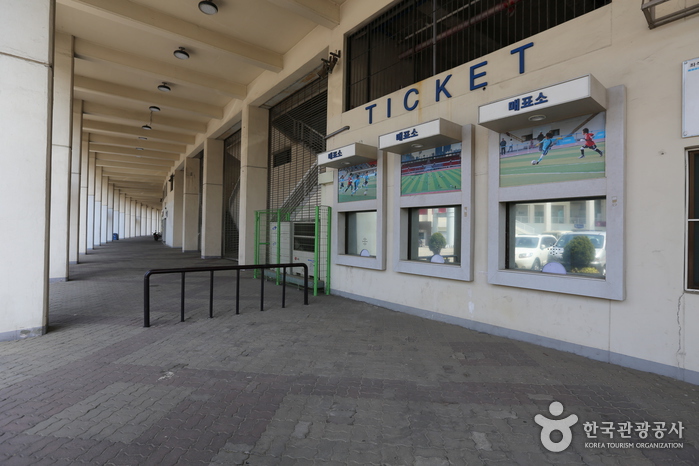

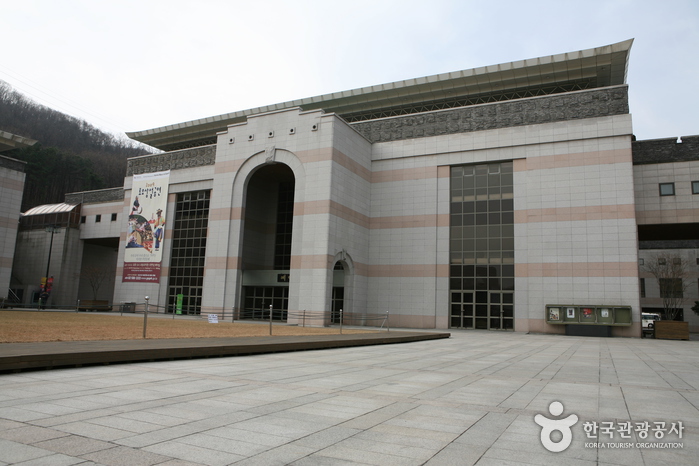
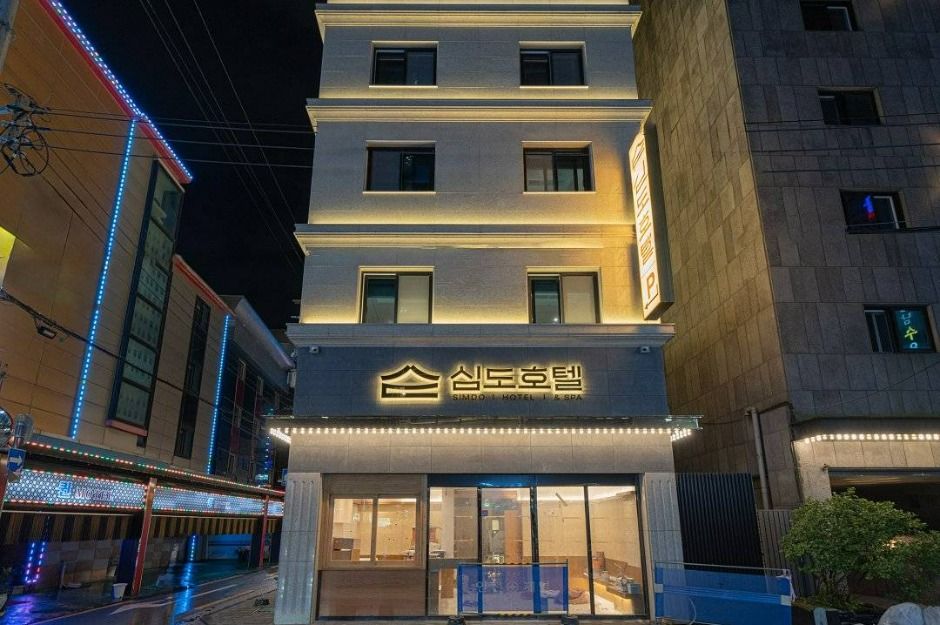
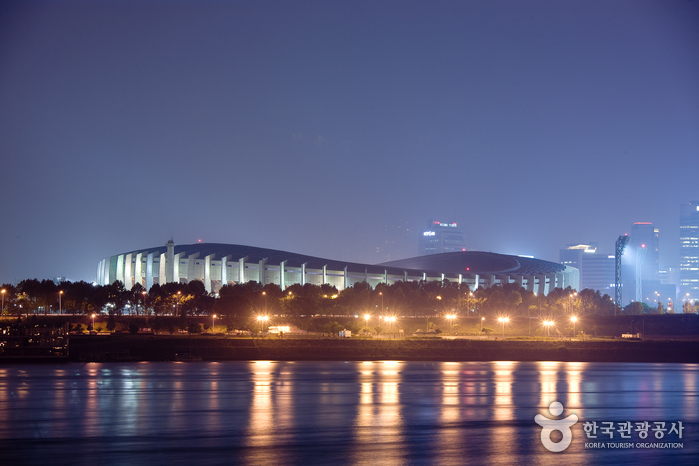
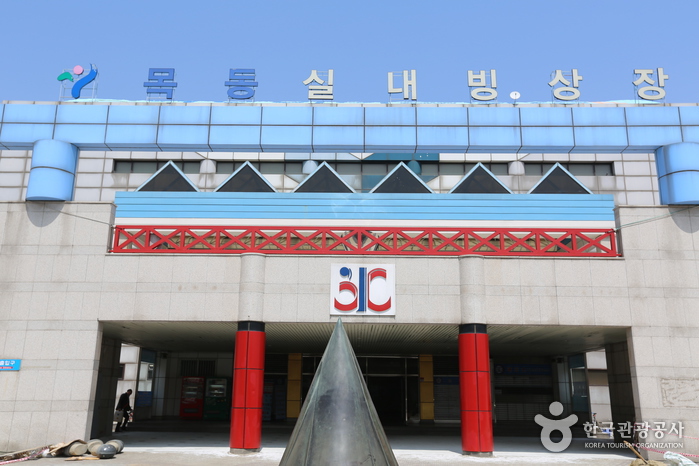
![Tumbas Reales Seooreung en Goyang (고양 서오릉) [Patrimonio Cultural de la Humanidad de la Unesco]](http://tong.visitkorea.or.kr/cms/resource/19/3527719_image2_1.jpg)
 Español
Español
 한국어
한국어 English
English 日本語
日本語 中文(简体)
中文(简体) Deutsch
Deutsch Français
Français Русский
Русский